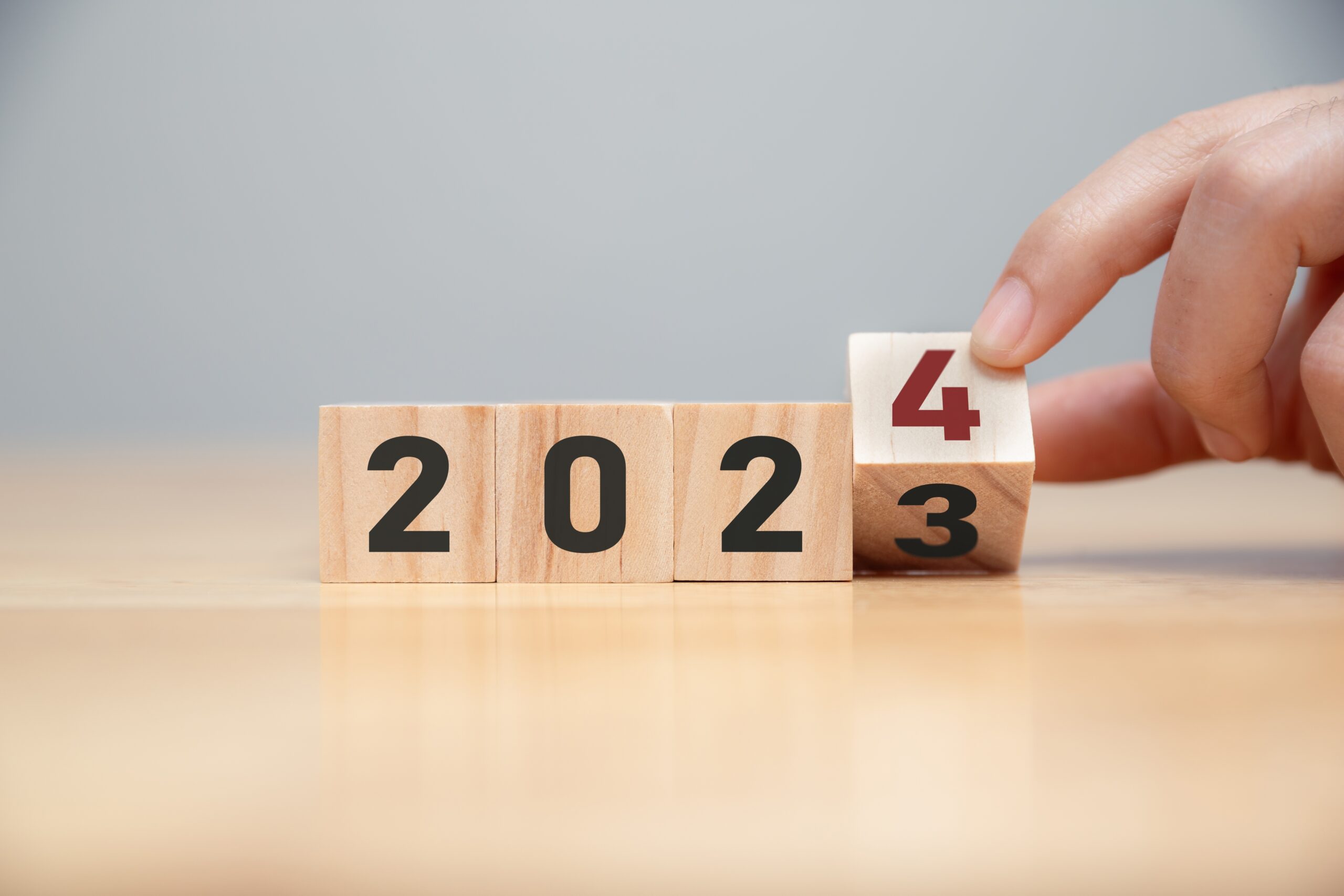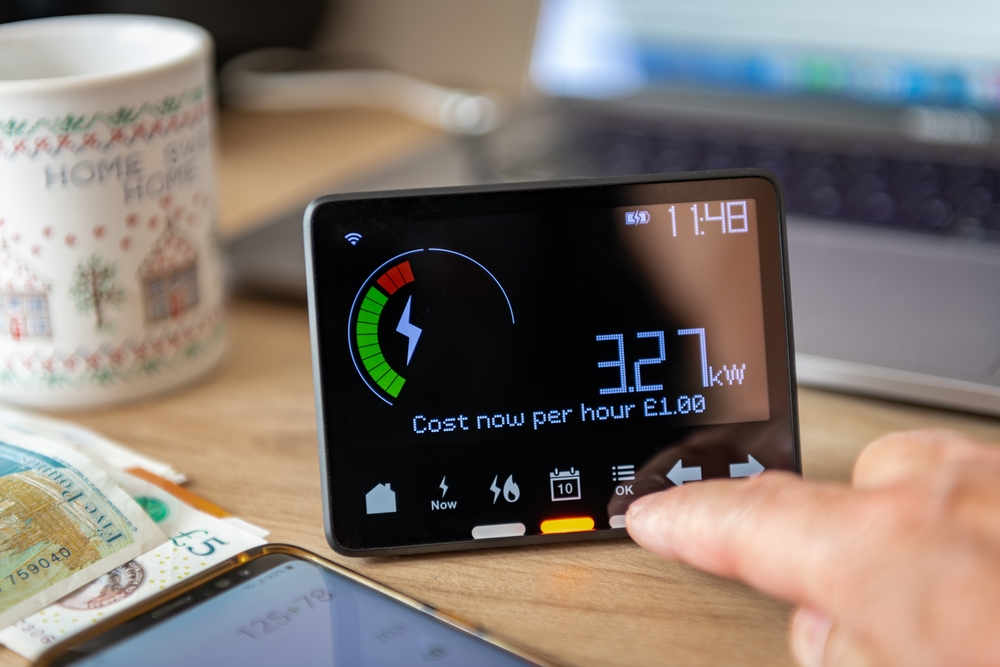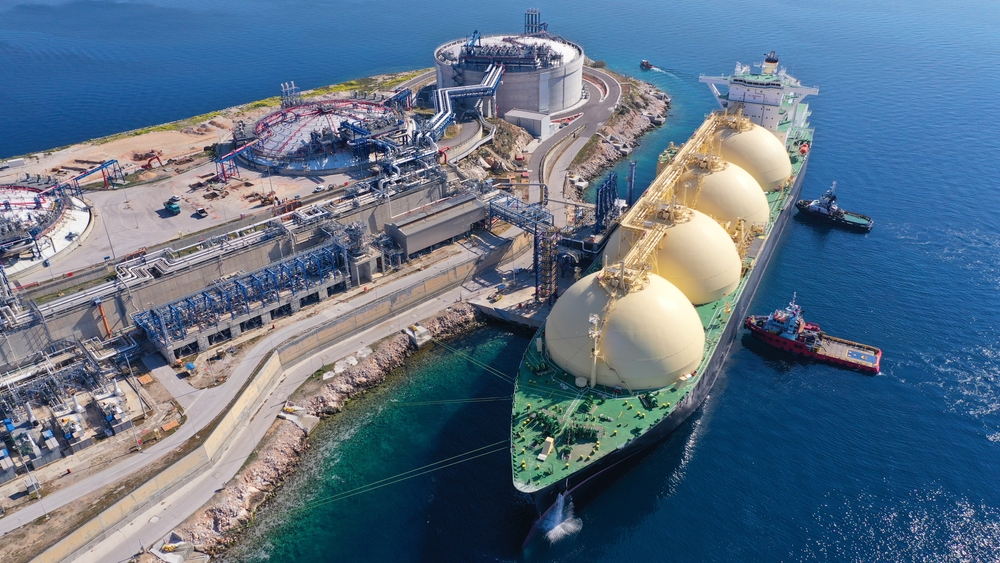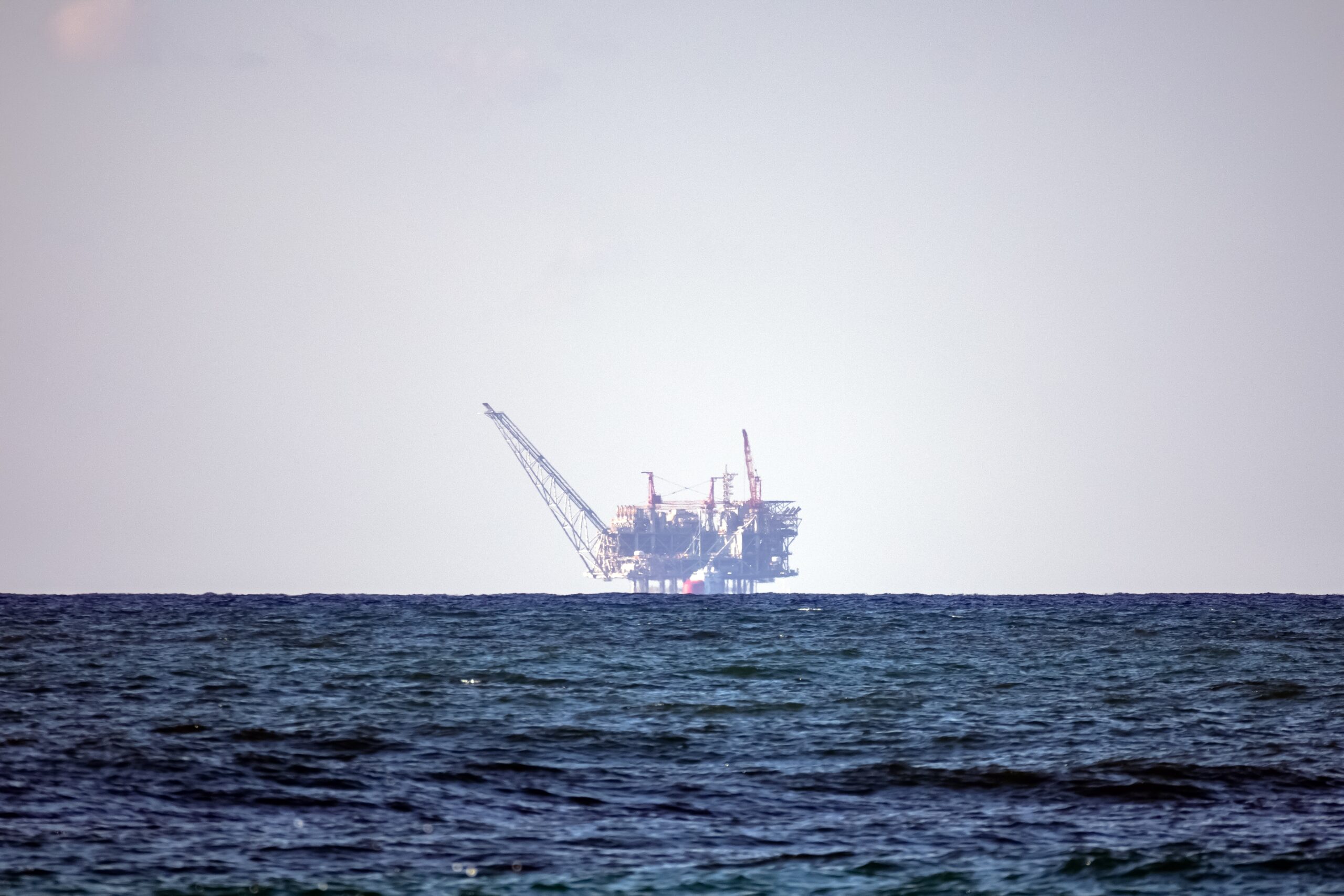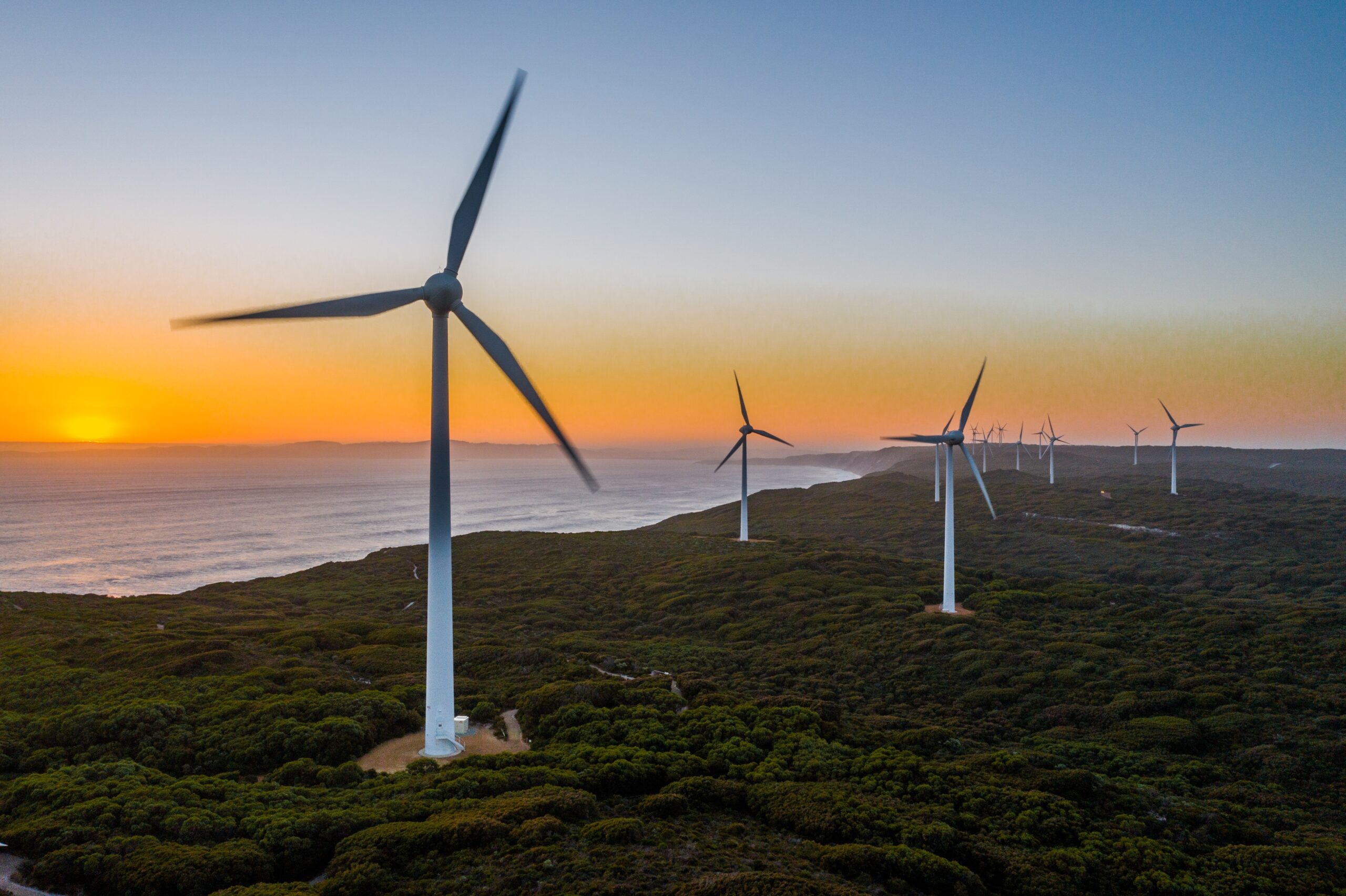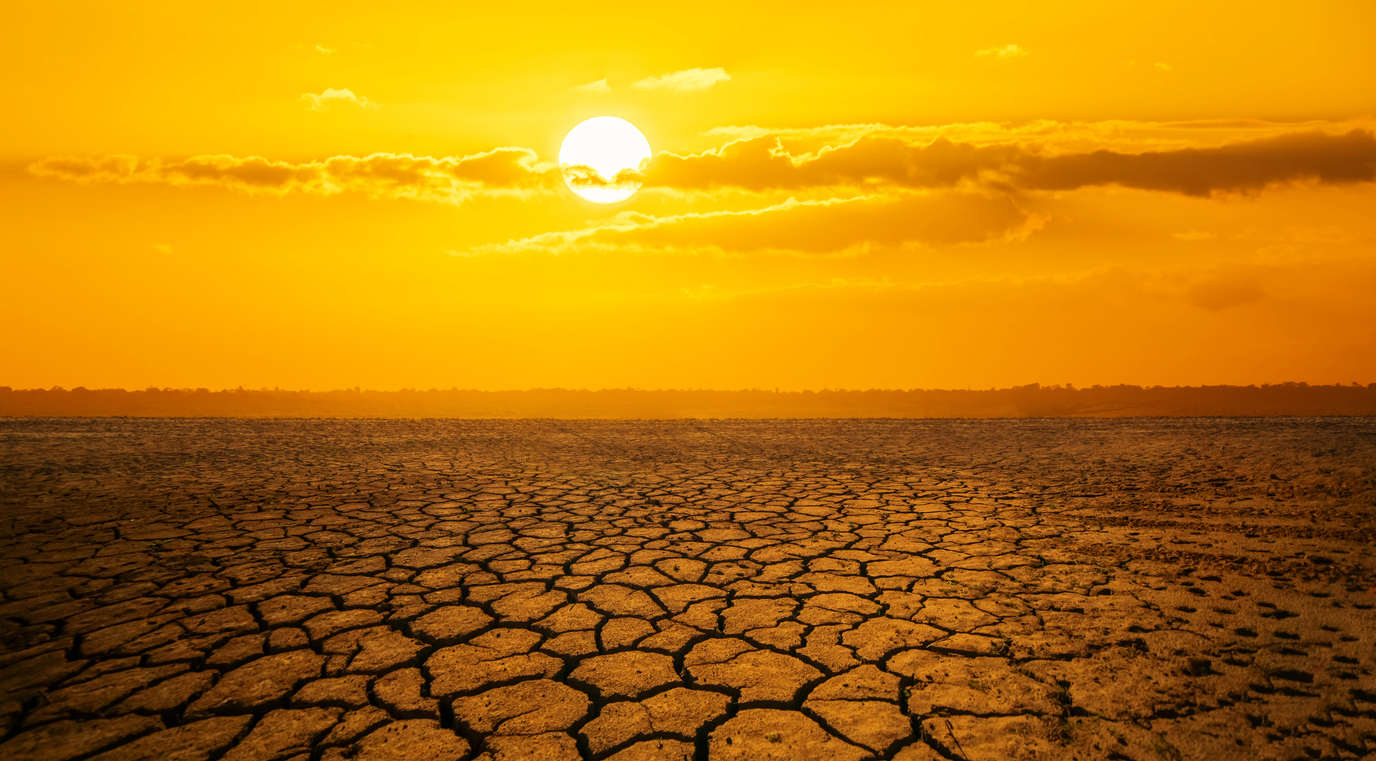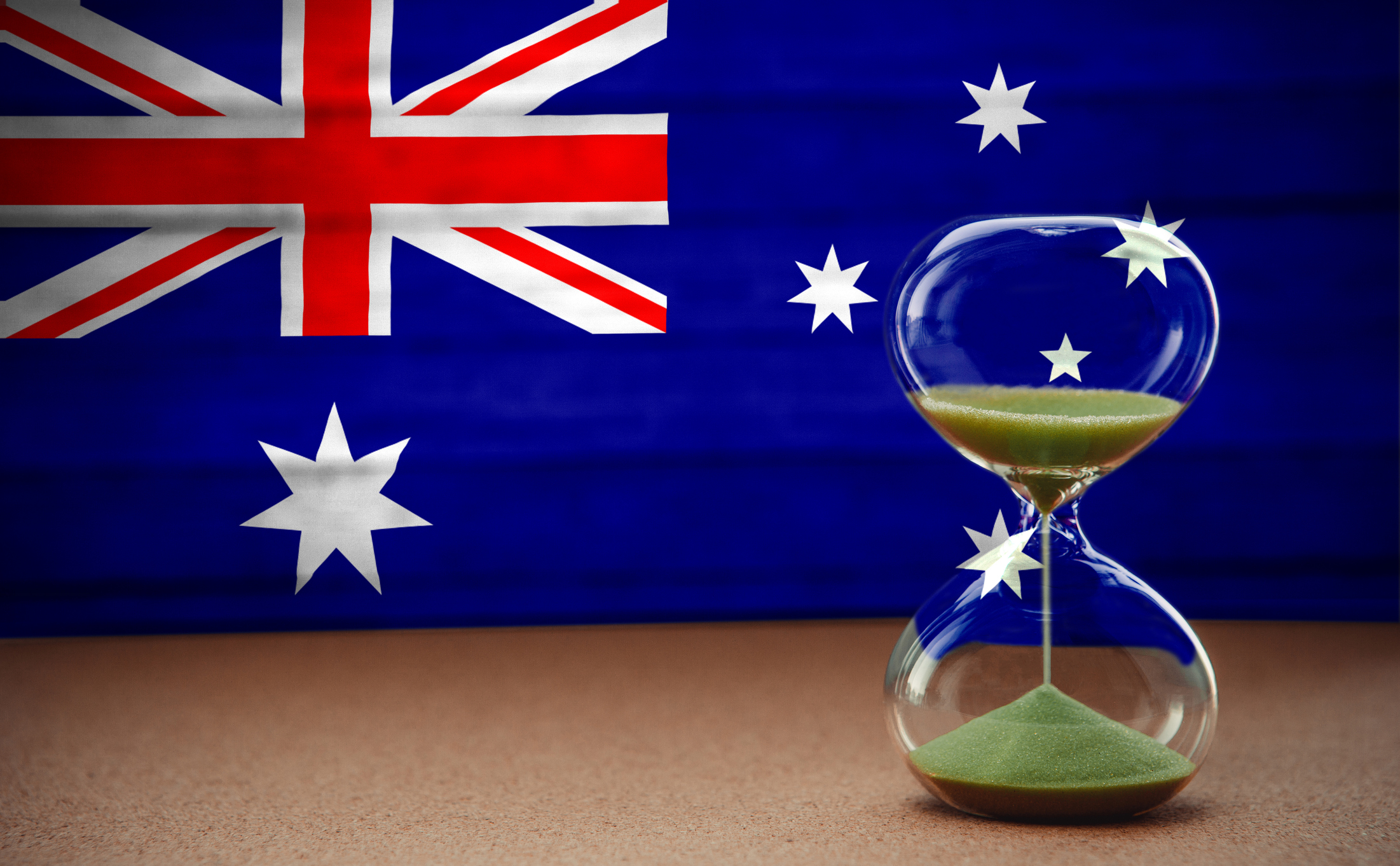There was lots of news that came out during the Christmas break, so please see our wrap of the end of 2023.
European Grid Resilience: Denmark-UK Link Operational
Further underpinning the resilience of the European grid, the 1,400MW DC link from Denmark to the UK came online on 29th December. However the capacity has been restricted to 800MW in the first instance as the electrification of the grid and hunger for power in the Danish region is not high with strong wind output (54% of the Danish grid) and the link into the power hungry Germany is not yet in place.
NSW’s Energy Manoeuvre: Orderly Exit Mechanism
The NSW minister for Energy and Climate Change, Penny Sharpe, gave herself and anyone in her seat the power other states have in their pocket; at the end of last year, she granted the “Orderly Exit Mechanism” power. Which means that with or without the consent of Origin in negotiations she now has the power to order Eraring to stay on as she backdated the powers to 2021. With the deadline to keep Eraring on or not this could shift the scales of negotiations and may be an indication of the noose Origin held around the NSW government loosing.
Queensland’s Ambitious Climate Target
QLD government strengthened its climate targets with a new target of 75% below to the 2005 baseline by 2035. This is due to be legislated in the new year.
Record Power Demand and Prices in December
Friday, 29th December, was indeed a scorcher, with demand topping over 9,750MW over the evening peak and pricing topping out around the $15,000/MWh price over the evening peak and prices averaging $448.97/MWh for the day. Showing how solar penetration can create huge volatility in prices on high demand days.
Coal Seam Gas Regulation: Draft Framework
The Department of Resources released a paper looking into a risk framework for regulation around Coal Seam Gas subsidence. Feedback has closed but the draft proposed legislation is due early 2024.
Queensland Revives Polluter Pays Legislation
Polluter pays legislation is back in the spotlight, with the Queensland government releasing a consultation paper on “Improving the powers and penalties provisions of the Environmental Protection Act 1994”
ARENA’s Industrial Emission Reduction Initiative
ARENA has launched a $40m fund called the “National Industrial Transformation (NIT) program” assisting existing plant and industrial facilities to reduce their scope 1 and scope 2 emissions.
